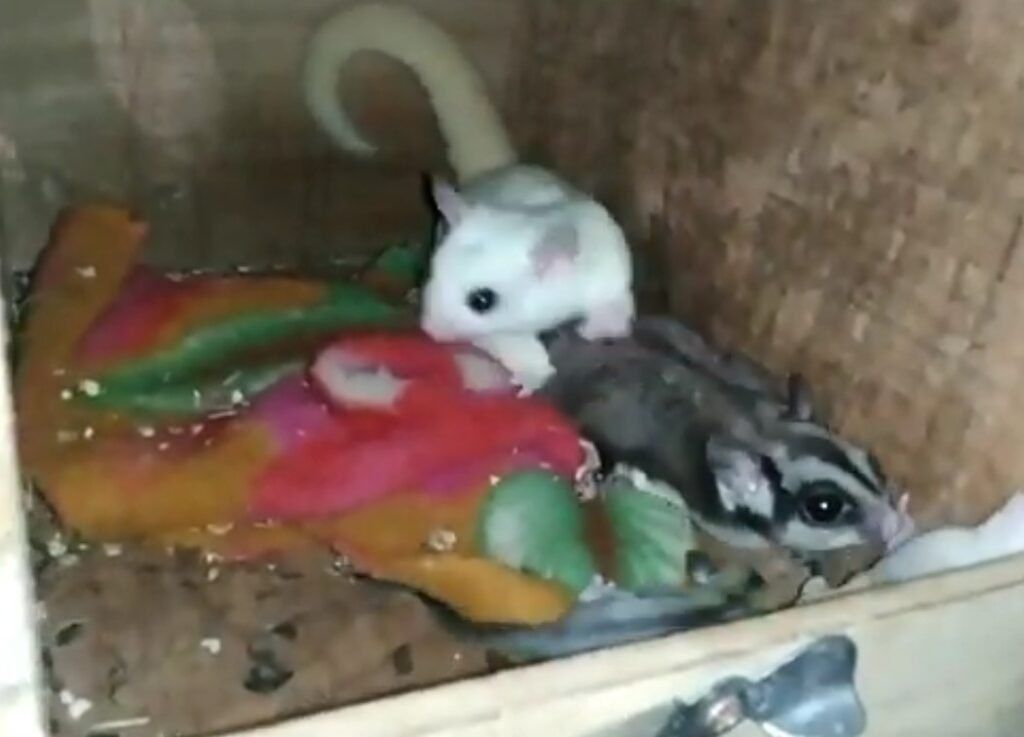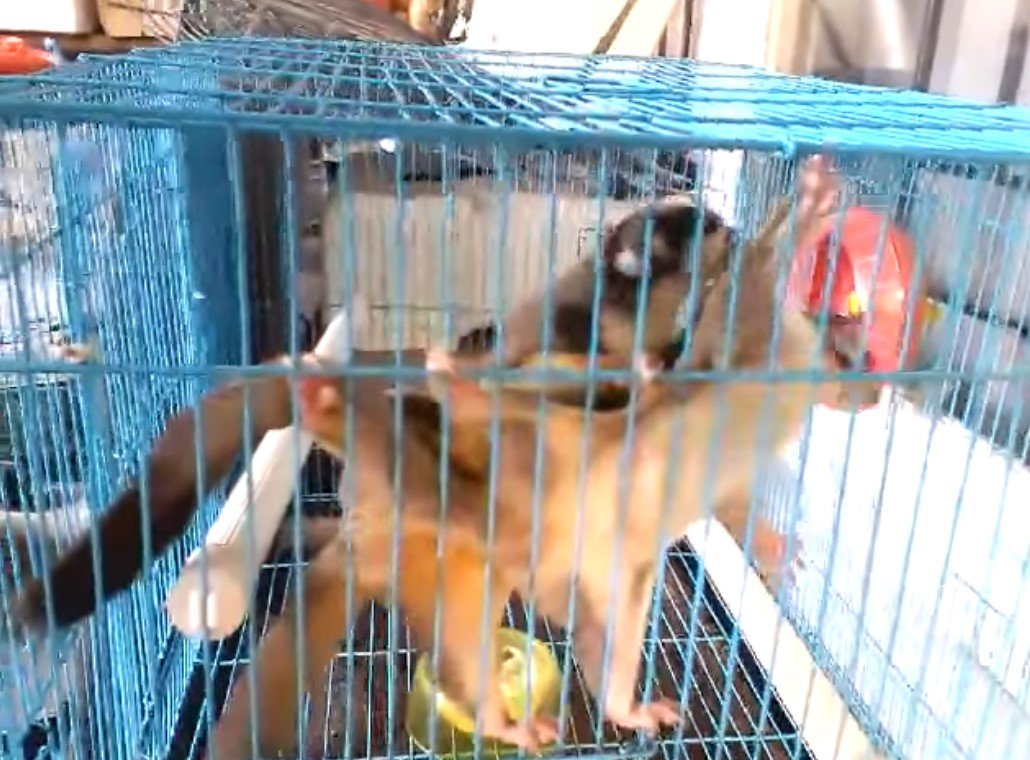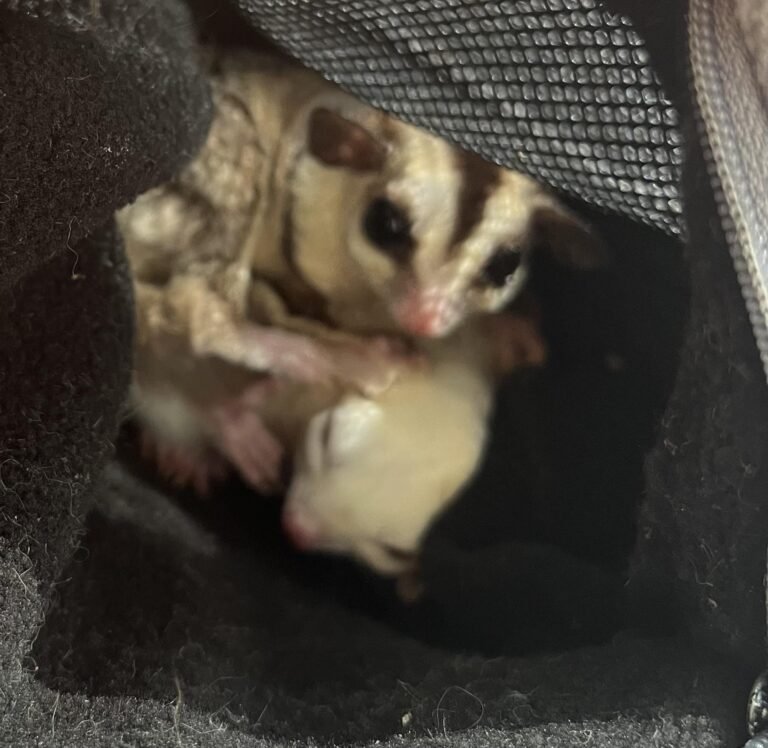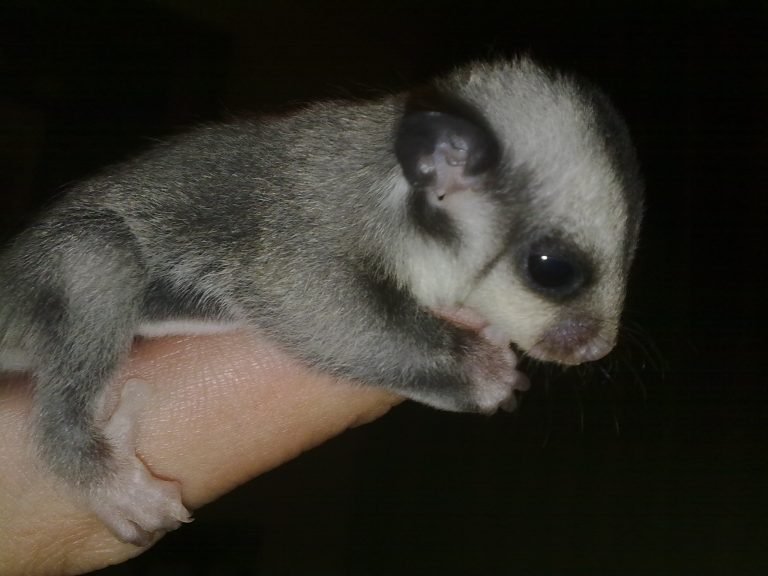What Age Do Sugar Gliders Stop Breeding
At What Age Do Sugar Gliders Stop Breeding: Navigating Reproductive Lifecycles
Have you ever wondered at what age sugar gliders stop breeding? Sugar gliders are fascinating small marsupials native to Australia and New Guinea. They are known for their ability to glide through the air, their unique social behaviors, and their adorable appearance. If you’re a sugar glider owner or considering getting one as a pet, it’s important to understand their reproductive lifespan. In this article, we’ll explore at what age sugar gliders typically stop breeding and the factors that can influence their breeding capabilities.
Sugar Glider Reproduction Basics
Before diving into the specific age at which sugar gliders stop breeding, let’s first understand their reproductive cycle. Sugar gliders are sexually mature and able to mate as early as 8 to 12 months of age. However, it’s generally recommended to wait until they are at least a year old before breeding them, as this allows them to reach their full physical and emotional development.
Female sugar gliders have a unique reproductive system. They have two uteri and can produce one to two joeys (baby sugar gliders) per breeding cycle. The gestation period for sugar gliders is around 16 to 17 days, after which the newborn joeys crawl to the mother’s pouch where they continue their development. The joeys will stay in the pouch for approximately 70 to 80 days before fully emerging and becoming independent.

Factors Affecting Breeding Lifespan
While sugar gliders can reproduce at a relatively young age, their ability to breed diminishes as they get older. Several factors can influence the age at which sugar gliders stop breeding:
1. Genetic Predisposition
Just like any other living organism, genetics play a crucial role in sugar gliders’ reproductive lifespan. Some sugar gliders may have genetic predispositions that result in a shorter breeding window, while others may be genetically equipped to reproduce for a longer period.
2. Health and Nutrition
A sugar glider’s overall health and nutrition significantly impact its breeding capabilities. A well-balanced diet consisting of fresh fruits, vegetables, protein sources, and a specially formulated sugar glider pellet can contribute to their reproductive health. On the other hand, poor diet and inadequate nutrition can lead to reproductive problems and early cessation of breeding.
3. Stress Levels
Sugar gliders, like many other animals, can be sensitive to stress. High-stress levels can impact their breeding abilities and may even cause them to stop breeding altogether. It’s crucial to provide a stress-free environment for your sugar gliders, with adequate mental stimulation, social interaction, and a suitable enclosure.
4. Age and Reproductive History
As sugar gliders age, their fertility naturally declines. While there isn’t a fixed age at which sugar gliders universally stop breeding, it’s generally observed that they may breed actively until around 4 to 6 years of age. However, individual variation exists, with some sugar gliders continuing to breed for a few more years and others ceasing breeding at an earlier age.
Frequently Asked Questions
Now that we’ve covered the basics of sugar glider breeding and the factors that can influence their reproductive lifespan, let’s address some frequently asked questions related to this topic:
1: Can sugar gliders breed throughout their entire lives?
No, sugar gliders do not typically breed throughout their entire lives. Their breeding capabilities generally decline as they age, and it’s commonly observed that they stop breeding by the time they reach 4 to 6 years old.
2: Can sugar gliders breed after being neutered or spayed?
No, once a sugar glider has been neutered (males) or spayed (females), they usually lose their ability to breed. Neutering or spaying is a common veterinary procedure done for various reasons, such as preventing unwanted pregnancies or managing aggression.
3: What happens if I breed my sugar glider too early?
Breeding sugar gliders too early can lead to several complications and health risks. Younger sugar gliders may not be fully mature physically and emotionally, increasing the likelihood of birth defects, stillbirths, or the mother rejecting the joeys. It’s vital to wait until your sugar glider is at least a year old before considering breeding.
4: How can I ensure my sugar gliders have a healthy breeding lifespan?
To ensure your sugar gliders have a healthy breeding lifespan, it’s important to provide them with a well-balanced diet, regular veterinary check-ups, and a stress-free environment. Additionally, allowing your sugar gliders to rest and recover between breeding cycles can help maintain their reproductive health.
Final Thoughts
Understanding the age at which sugar gliders stop breeding is important for both pet owners and breeders. While they can reproduce from a young age, it’s crucial to prioritize their overall health and well-being to ensure a successful breeding experience. By providing proper nutrition, minimizing stress levels, and allowing them to mature fully, you can help your sugar glider thrive and have a healthy breeding lifespan.







